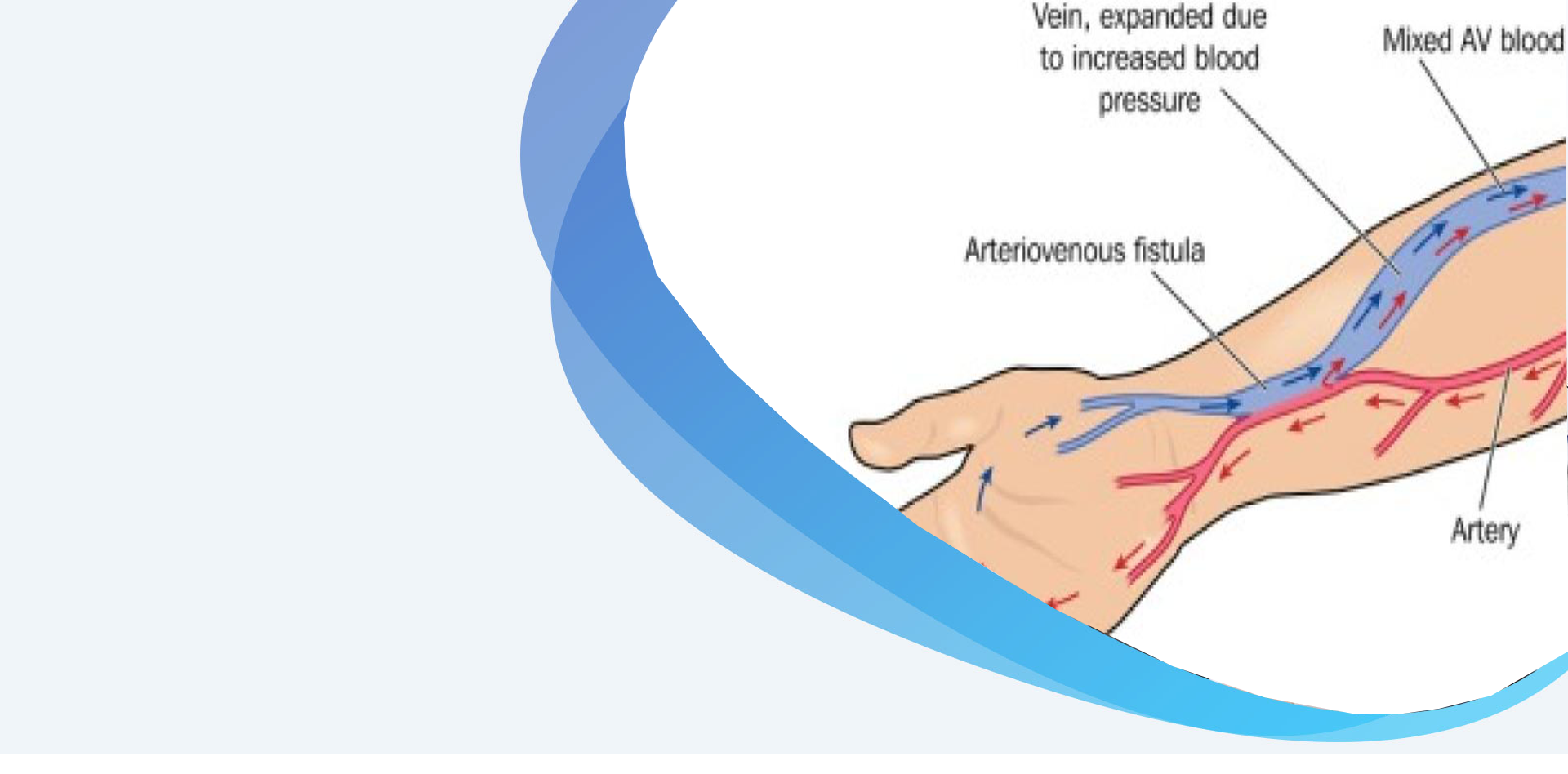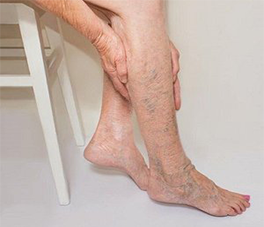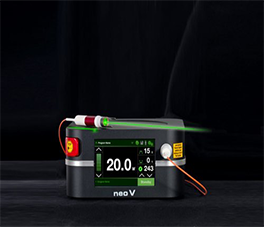AV Fistula


If your kidneys fail, unless and until you have a successful kidney transplant, you will need dialysis therapy to clean and filter your blood. The first step is establishing dialysis access.
An AV fistula—taking a piece of a vein from your arm or leg and sewing it into a nearby artery, and allowing the sewn-in vein to enlarge and become thicker, like an artery. Considered the best option because it has the lowest risk of infection.
When your kidneys fail, your body is unable to clean and filter your blood. Electrolyte levels, such as potassium and phosphorous, can become dangerously high. When kidney function falls below a certain threshold dialysis is needed.
Here are the steps for creating an AV fistula or AV graft (the most common procedures), usually involving your non-dominant arm:
 ASSESSMENT
ASSESSMENT A variety of anesthesia techniques can be used:
 PROCEDURE
PROCEDURE 
BLEEDING is the most common complication. Generally, this is noticed and taken care of before you go home.
CONTACT YOUR DIALYSIS ACCESS SURGEON IMMEDIATELY IF...
SLIGHT COOLNESS in the affected hand or leg is common. This happens because some of the blood that was supplying the hand or leg is being redirected. Squeezing an old tennis ball or racquetball in your hand can help your body re-adjust.
VIBRATION CHANGES OR PULSATION When you place your hand over the fistula or graft, you should feel a vibration. If the vibration stops or becomes a pulsation, contact your dialysis access surgeon as the change may indicate that the access has narrowed.

You will be asked to avoid having blood drawn from veins in the selected arm or leg. This is sometimes referred to as “preserving the veins.”
Fast (no food or drink) for 8 hours prior to the procedure, unless your operating team directs otherwise.
At the hospital, you may be asked to wear a “no IV access” band on the unaffected arm or leg
